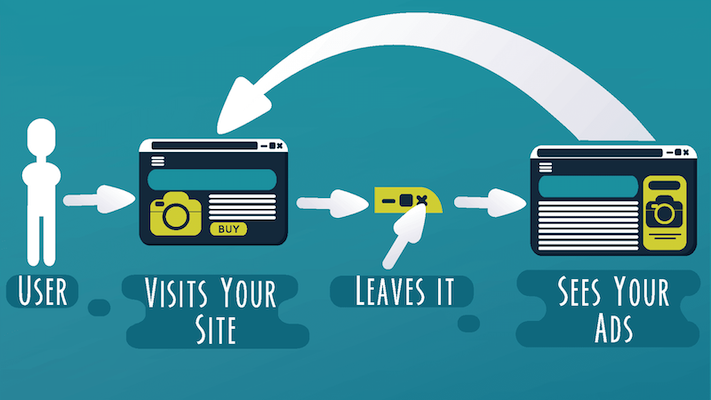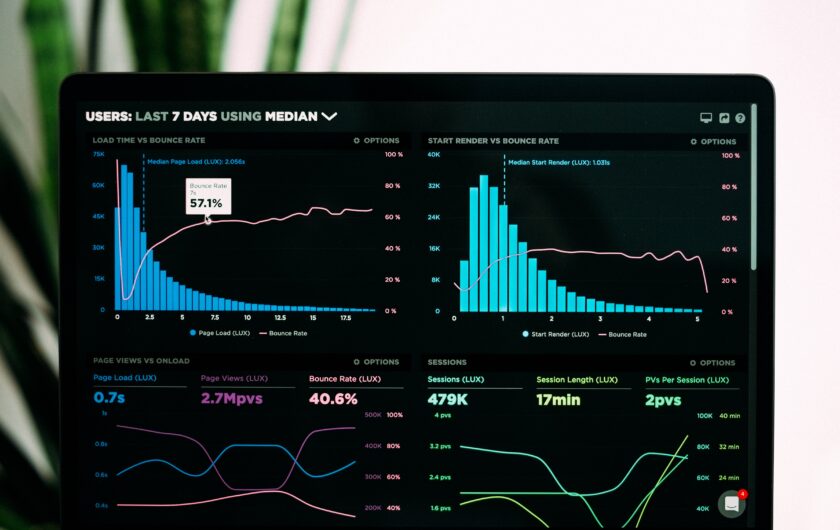Visiting the evolution of contextual marketing
Like a Hollywood headline, contextual marketing is being coined as “making a comeback” in the marketing world. However, it’s been around since the early days of the internet. A comeback implies that it’s something that we have stopped using, which is untrue. That’s why Connexity believes that it’s more of a resurgence. We’ll cover what all the buzz is about on contextual marketing, why it’s important, and how retailers can benefit.
What is contextual marketing?
Contrary to popular belief, marketers have been using contextual marketing dating back to the early 2000s. It’s important to note that there are two methods of contextual marketing and they are often grouped together even though they use different mechanics. What we see more often is contextual marketing based on behavior, which is marketing that provides targeted advertising based upon user information, such as the search or web-browsing activity. If you’re looking for your next pair of running shoes online, you’ll see ads related to the subject on sites within an advertiser’s network. You’ll see ads for running shoes, a marathon event, sunglasses or anything related to your browsing data. This relies on the use of cookies that we’ll get to later.

Contextual marketing – Courtesy of Instapage.
In the early days of the internet contextual marketing was slightly different and more low-tech. Websites had relevant ads based on correlated subjects without any user data and without the use of cookies. For example, if you visited a site about a spaghetti recipe, you’ll see ads related to cooking like cooking utensils, pasta, cookbooks, etc. In the example below, a user browsing an article about telecom providers on a technology based site receives an ad for a cell phone promotion.

Example: TechCrunch site shows ad for Verizon
Many advertisers are still using this method of contextual marketing because even though it’s not as targeted or personalized, it’s still very effective. In this method, sites rely on algorithms, machine learning, or partnerships to learn or target users’ interests and intent. Performance marketing providers have used both forms of contextual marketing for years now, able to successfully utilize it in the background while others poured budgets into the walled-gardens of advertising. So in other words, contextual marketing is not new and this is not entirely a comeback.
How is this relevant to retailers now?
In the past consumers have willingly or unknowingly given up their data (browsing history, location, other demographics, etc.) for the purpose of personalized experiences, coupons, and other uses. This data, collected through cookies, is valuable for advertisers to place the right content to the right users.
Now the tables have turned and consumers are more concerned about their privacy and data being used by large companies. Google and Facebook (aka Meta) have been frequently scrutinized on how they use and collect user data, and Apple was the first big company to side with consumers and provide more transparency and privacy to users.
Online marketing and advertising have been built around the use of cookies to target consumers, but Google will end its use of cookies in its Chrome browser, with Safari and Firefox likely following suit. This is sending shockwaves through the ecommerce industry and advertisers are already calling the future of advertising the “cookieless world”.
So the reason for contextual marketing’s resurgence is the demand for consumer privacy. That’s where contextual marketing makes its grand re-entrance onto the marketing stage. One method of contextual marketing doesn’t rely on the use of cookies and is still very effective, and sometimes provides a better ROI.
Fortunately, Google scaled back its implementation date sometime in early 2021, to mid-2023 as most companies were unprepared for this change. This will not be a simple transition for ecommerce companies to move away from cookies that they have relied on for so long.
Why is this a good thing?
For retailers, contextual marketing typically has better click rates because of how it’s structured, which is focused on user relevance. Ads in contextual marketing are also less intrusive making them more successful. Finally, contextual marketing advertising looks and feels more genuine and natural than most advertisements across the web. So in other words, it’s a highly effective tool that does not rely on cookies as we are becoming a cookieless world. There’s a huge opportunity here in utilizing this high-converting channel that can boost ROAS and overall revenues.
How retailers can implement a contextual marketing strategy
Retailers need to get ahead of the change coming in mid-2023 when Google finally does away with third-party cookies. The use of first-party data provides possible work-arounds for the lack of cookies. At a high-level, retailers need to collect, manage, and analyze first-party data to understand consumers and their habits to achieve an efficient ROI. That may need a dedicated data analytics team to make sense out of that data. Retailers will also need to use this information to properly place advertisements to the right publisher networks and sites. That would require retailers to find and partner with sites that relate to their product catalog and consumer interests.
However, all this comes with some real challenges. Maintaining a publisher network is no small feat, as it requires dedication to keep these relationships operating smoothly and to get good rates and placements. The quality of your sources is another concern; you don’t want your products showing up or being associated with spam or untrusted sites. Data teams are costly and data analysis is very time consuming.
Conclusion
We don’t expect contextual marketing to be the complete answer as we head towards a cookieless world. It certainly has advantages that have proven why it’s been able to stick around so long and why it’s having a resurgence. Consumers are demanding privacy more than ever. So, we expect some turbulence as the ecommerce industry tries to come to a solution. The “cookieless world” will continue to evolve in the coming months and maybe even years, but we believe that contextual marketing will play a big part before and after the dust settles.
Fortunately, Connexity has been around before ecommerce was even ecommerce. Our team has over 20 years of experience in performance marketing, and have built relationships with publishers and retailers in the ecommerce industry. We’ve helped top retailers grow their revenue through performance marketing. Now that we are a Taboola company, our network and capabilities are even more vast, opening up even more opportunities for our clients in the contextual marketing space. Contact us today to learn more about how we can help you reach your marketing goals and drive growth.



